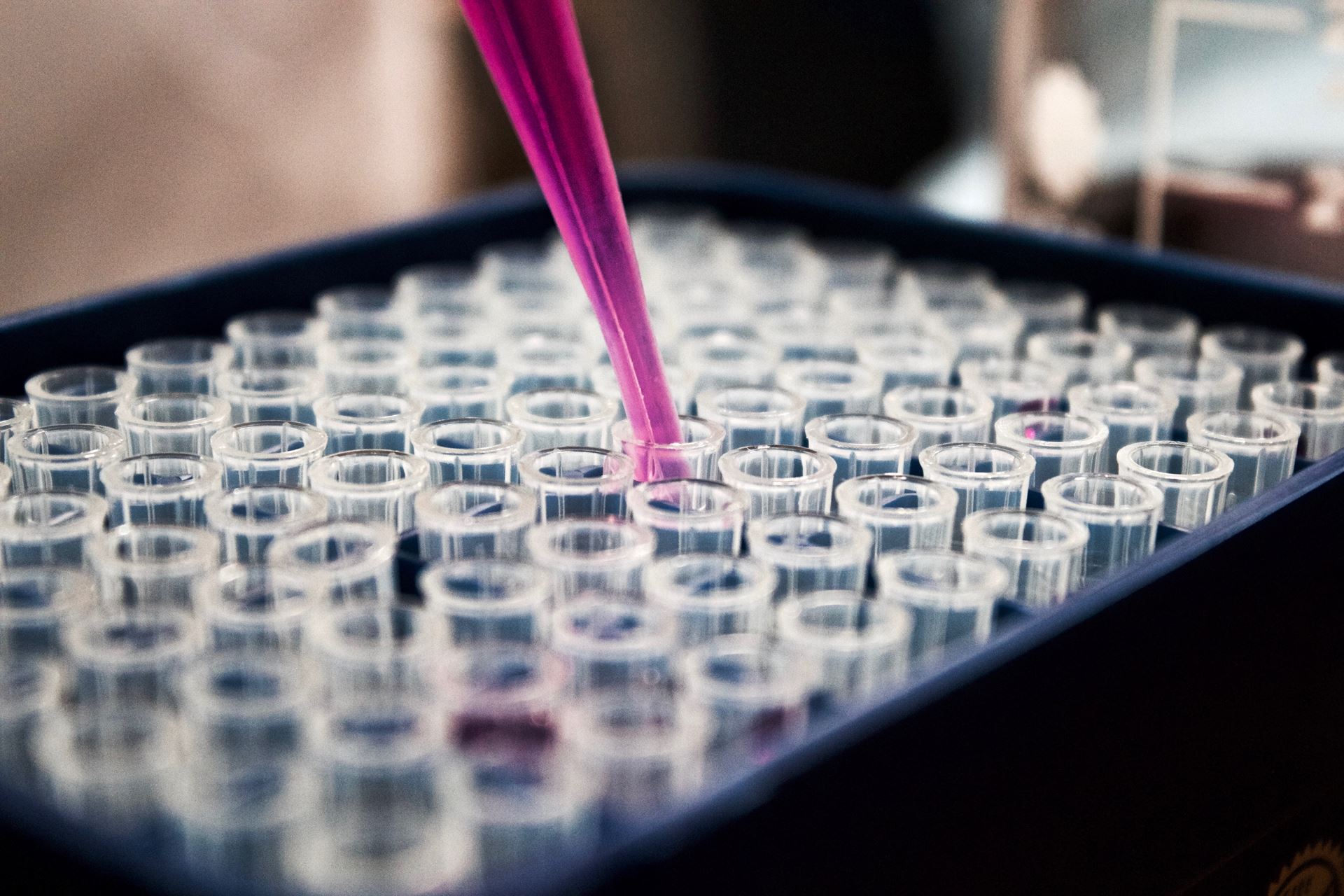Tests & Results
Specimens and Samples
Specimens should be delivered before 12 noon, unless otherwise specified by a doctor.
Test Results
- Please ring the surgery and choose option 4 on 01296 424488, between 3pm and 6pm to receive test results.
- Please allow 7 days before ringing for blood test results.
- Please note that the practice has a strict policy regarding confidentiality and data protection and therefore we will only release test results to the person to whom they relate, or the carer of someone under 16 years of age.
- In exceptional circumstances results can be given to other people, if the patient has informed their doctor or nurse beforehand.
- After having a test or investigation it is your responsibilityto contact us for the results and to make an appointment to discuss the results if advised to do so.
You can also view test results online at http://patient.info/patient-access
Sign up now for patient access:

Blood Tests
A blood test is when a sample of blood is taken for testing in a laboratory. Blood tests have a wide range of uses and are one of the most common types of medical test. For example, a blood test can be used to:
- assess your general state of health
- confirm the presence of a bacterial or viral infection
- see how well certain organs, such as the liver and kidneys, are functioning
A blood test usually involves the phlebotomist taking a blood sample from a blood vessel in your arm and the usual place for a sample is the inside of the elbow or wrist, where the veins are relatively close to the surface. Blood samples from children are most commonly taken from the back of the hand. The childs hand will be anaesthetised (numbed) with a special cream before the sample is taken.
You can find out more about blood tests, their purpose and the way they are performed on the NHS Choices website.
X-Rays
An X-ray is a widely used diagnostic test to examine the inside of the body. X-rays are a very effective way of detecting problems with bones, such as fractures. They can also often identify problems with soft tissue, such as pneumonia or breast cancer.
If you have an X-ray, you will be asked to lie on a table or stand against a surface so that the part of your body being X-rayed is between the X-ray tube and the photographic plate.
An X-ray is usually carried out by a radiographer, a healthcare professional who specialises in using imaging technology, such as X-rays and ultrasound scanners.
You can find out more about x-ray tests, how they are performed, their function and the risks by visiting the NHS Choices website.
Page created: 24 April 2020